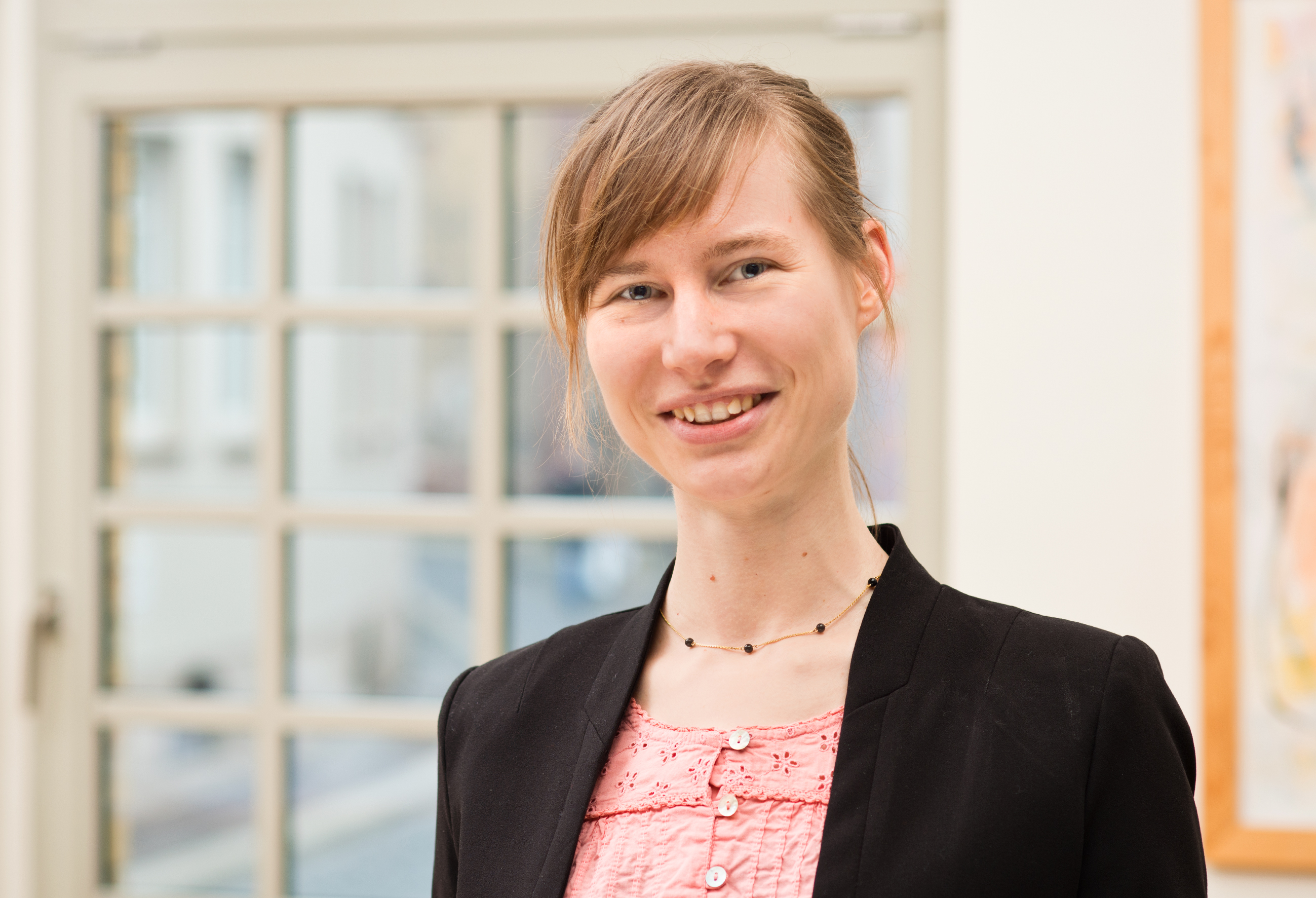Evaluation of Subsidy Programmes
This research group develops the scientific foundations for causal impact analysis of policy interventions within the European Union, with a particular focus on place-based policies. Despite significant public spending on such programmes in many developed economies, there is limited evidence on their effectiveness and efficiency.
Our approach integrates three key dimensions: first, the systematic use of administrative funding data and legislative documents; second, the application of advanced methods in policy impact evaluation; and third, the exchange of knowledge among researchers, policymakers, public administration, and civil society. Without this integration, research risks becoming either overly abstract or disconnected from the institutional and legal realities of policy implementation. By combining these elements, we create robust research designs grounded in real data and legal frameworks.
This approach allows us to generate evidence-based insights that contribute to better informed decision-making—not only in politics but also within civil society. The findings of our work have contributed to the revision and improvement of existing subsidy programmes. The research group is closely embedded in the activities of the Centre for Evidence-based Policy Advice (CEP), ensuring both scientific rigor and practical relevance. In doing so, we embody the leitmotif of the Leibniz Association: theoria cum praxi.
Research Cluster
Economic Dynamics and StabilityYour contact

- Department Centre for Evidence-based Policy Advice
EXTERNAL FUNDING
09.2019 ‐ 09.2022
Establishing Evidence-based Evaluation Methods for Subsidy Programmes in Germany (EVA-KULT)
The project aims at expanding the Centre for Evidence-based Policy Advice at the Halle Institute for Economic Research (IWH-CEP).
01.2018 ‐ 12.2020
Networked growth - Innovative Saxony-Anhalt through digital business models (Competence Center 4.0)
01.2017 ‐ 12.2018
Political Participation in Eastern Germany
12.2015 ‐ 11.2018
Socio-economic Effects of Research on Innovative Approaches for POC Diagnostics
Part of the EXASENS project. Coordinated by the Leibniz Institute of Photonic Technology (IPHT) in Jena, nine Leibniz institutes are working together on researching point-of-care (POC) technology for the prediction and diagnosis of chronic inflammatory respiratory diseases. See press release.
02.2017 ‐ 02.2018
The Importance of Non-University Research Institutions for the Development of Firms and Regions (Be_For_Reg-Projekt)
01.2015 ‐ 12.2016
Evaluation of the "Joint Task 'Improving the Regional Economic Structure'" in the Federal State of Saxony-Anhalt
Refereed Publications
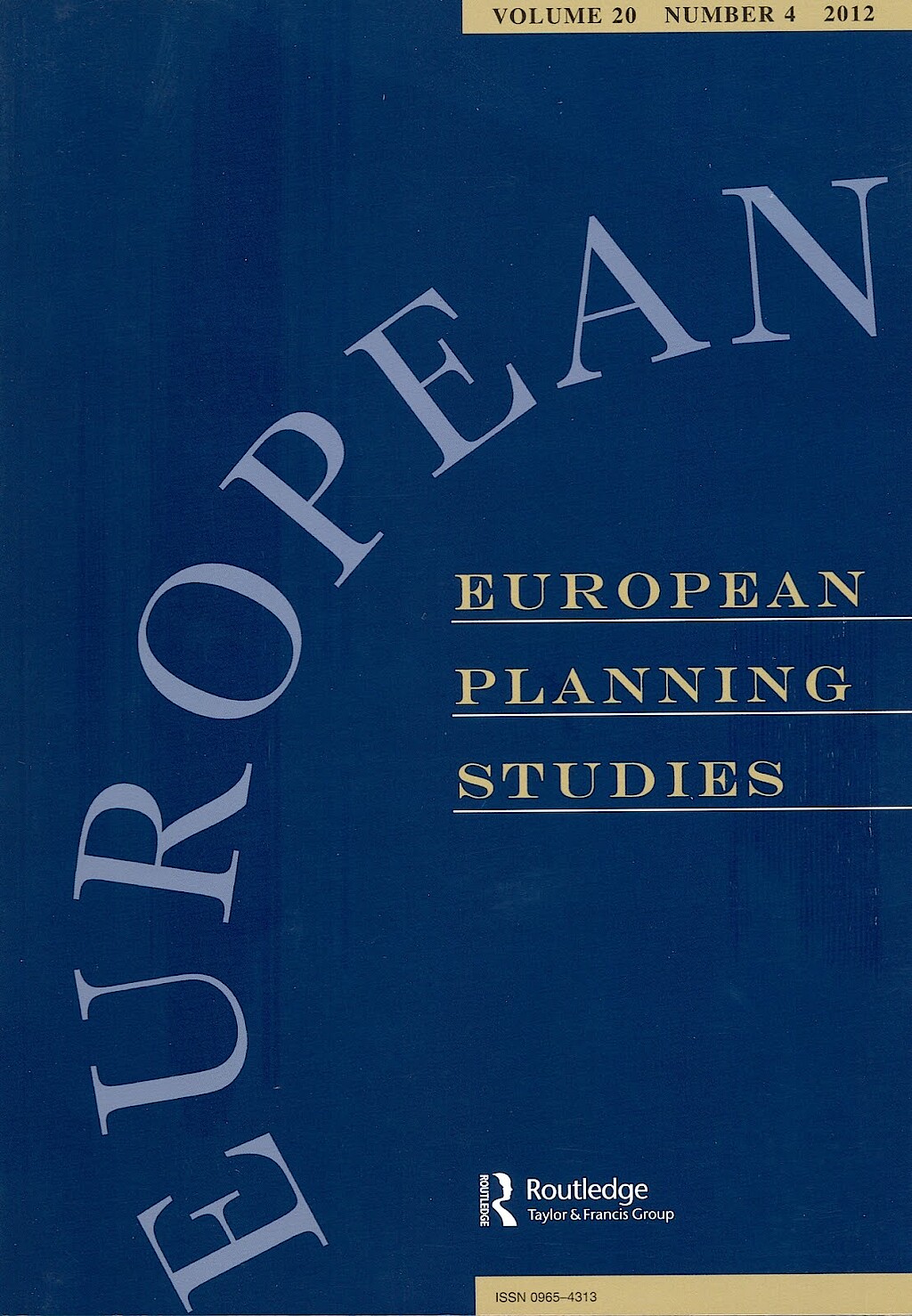
Regions as Selection Environments? The Emergence of the Solar Industry in Germany from 1992 to 2008
in: European Planning Studies, No. 11, 2013
Abstract
The spatial evolution of the German solar industry is analysed in the light of the “window of locational opportunity” and the “selection environment” approach. The paper argues that differences in the regions' ability to promote the emergence of local external economies contribute to increasing regional differentiation in the German structure of the industry. Applied empirical methods enclose longitudinal firm entry and network analysis. A special focus is given upon the realignment processes in the science system. Our findings show a relatively rapid spatial concentration of production in eastern Germany since the year 2000. This process is accompanied by intensified networking between firms and between firms and universities as well as research institutes. The responsiveness of regional institutions and the self-organizing capabilities of the solar firms substantiate some propositions of the “selection environment” approach.
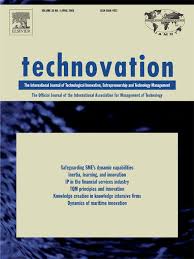
What Drives Innovation Output from Subsidized R&D Cooperation? — Project-level Evidence from Germany
in: Technovation, No. 6, 2012
Abstract
Using a large dataset of 406 subsidized R&D cooperation projects, we provide detailed insights into the relationship between project characteristics and innovation output. Patent applications and publications are used as measures for the innovation output of an R&D project. We find that large-firm involvement is strongly positively related with the number of patent applications, but not with the number of publications. Conversely, university involvement has positive effects on projects’ innovation output in terms of the number of publications but not in terms of patent applications. In general, projects’ funding as measure of projects’ size is an important predictor of the innovation output of R&D cooperation projects. No significant effects are found for the number of partners as (an alternative) measure of projects’ size, for spatial proximity between cooperation partners, for the involvement of a public institute for applied research, and for prior cooperation experiences. We derive conclusions for the design of R&D cooperation support schemes.
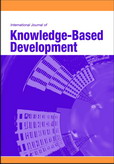
A Systemic View on Knowledge-based Development Metrics
in: International Journal of Knowledge-Based Development, No. 1, 2012
Abstract
Drawing on the systems perspective of innovation processes, this article proposes a conceptual approach for a comprehensive analysis of regional knowledge generation and transfer. Instead of focusing on one single indicator, the approach emphasizes the importance to take multiple channels of knowledge transfer into account. This provides valuable insights into the spatial structure of innovation processes on different levels. We disentangle the innovation process and consider four different layers: i.) publications in peer-reviewed journals, ii.) patent applications, iii.) formal R&D collaboration projects, the iv.) localized input-output relations. Further, we demonstrate the relevance of the „multi-layer approach‟ by applying it empirically to a specific regional innovation system: The Free State of Saxony – a federal state in Germany. We argue that the approach could be a valuable tool to inform policy-makers about knowledge-based regional development strategies.
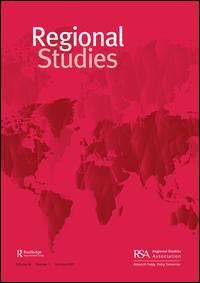
The Identification of Regional Industrial Clusters Using Qualitative Input-Output Analysis (QIOA)
in: Regional Studies, No. 1, 2011
Abstract
The 'cluster theory' has become one of the main concepts promoting regional competitiveness, innovation, and growth. As most empirical applications focus on measures of concentration of one industrial branch in order to identify regional clusters, the appropriate analysis of specific vertical relations is developing in this discussion. This paper tries to identify interrelated sectors via national input-output tables with the help of minimal flow analysis (MFA). The regionalization of these national industry templates is carried out with the allocation of branch-specific production values on regional employment. As a result, the paper shows concentrations of vertical clusters in only 27 of 439 German Nomenclature des Units Territoriales Statistiques (NUTS)-3 regions.

Economic Structure and Regional Performance in Germany, 2002-2007
in: European Planning Studies, No. 2, 2012
Abstract
This paper explores the impact of industrial clusters on regional growth at the German labour market region level using a regional convergence model. Based on the results of an exploratory study of the geography of German industrial clusters, we are able to differentiate the impact of industrial clustering from a horizontal and a vertical perspective while taking regional convergence into consideration. The results indicate that in addition to an all-German process of convergence, a specific East German one can be identified. The different types of industrial clusters show mixed effects within this framework. While vertically isolated industrial clusters have a negative impact on regional growth in this period, positive growth effects can be identified when industrial clusters show an intra-regional vertical interconnectedness.
Working Papers
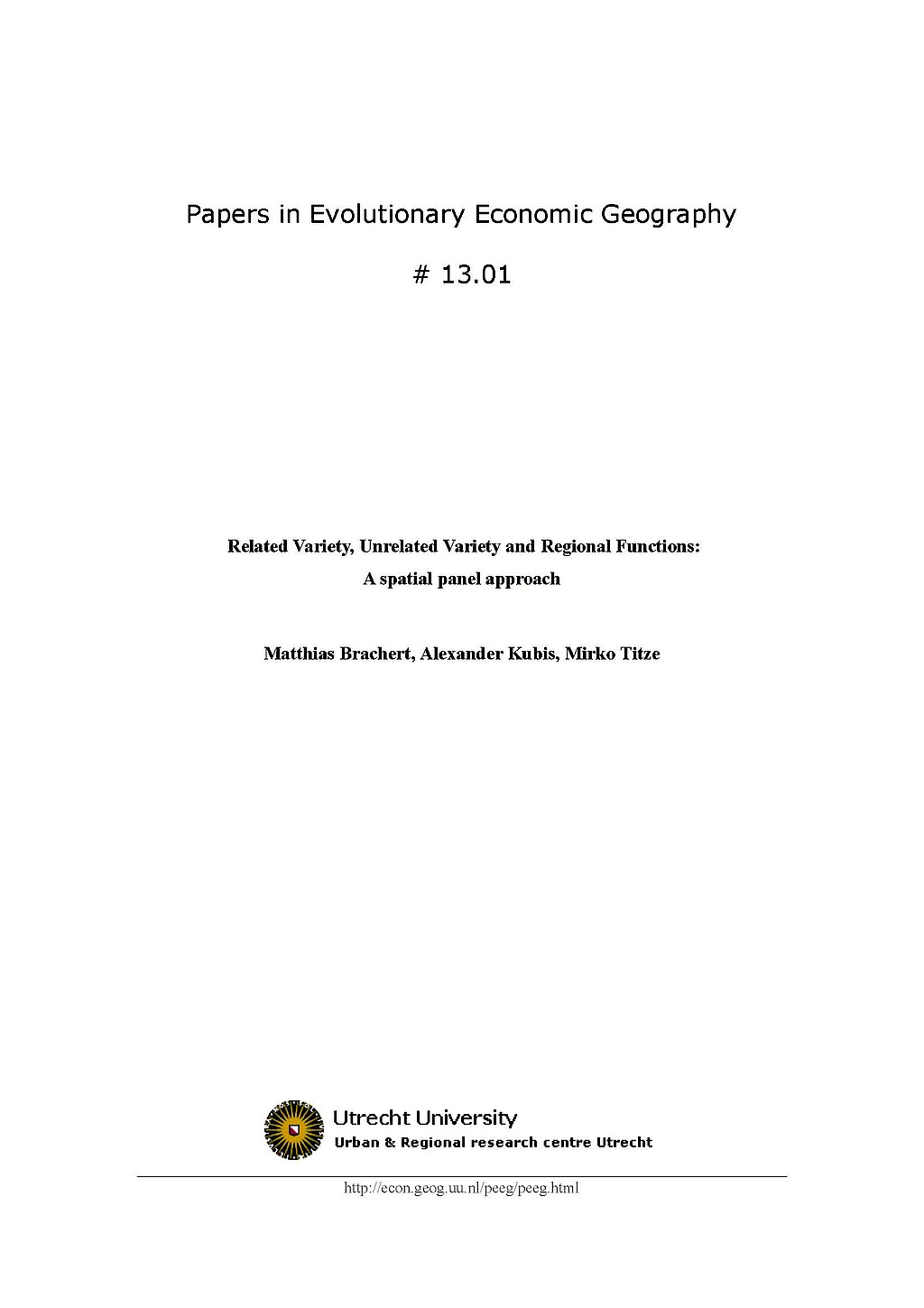
Related Variety, Unrelated Variety and Regional Functions: A spatial panel approach
in: Papers in Evolutionary Economic Geography, 2013
Abstract
The paper presents estimates for the impact of related variety, unrelated variety and the functions a region performs in the production process on regional employment growth in Germany. We argue that regions benefit from the existence of related activities that facilitate economic development. Thereby the sole reliance of the related and unrelated variety concept on standard industrial classifications (SIC) remains debatable. We offer estimations for establishing that conceptual progress can be made when the focus of analysis goes beyond solely considering industries. We develop an industry-function based approach of related and unrelated variety and test our hypothesis by the help of spatial panel approach. Our findings suggest that related variety as same as unrelated variety facilitate regional employment growth in Germany. However, the drivers behind these effects do differ. While the positive effect of related variety is driven by high degrees of relatedness in the regional “R&D” and “White-Collar”-functions, the effects of unrelated variety are spurred by “Blue Collar”-functions in this period.









